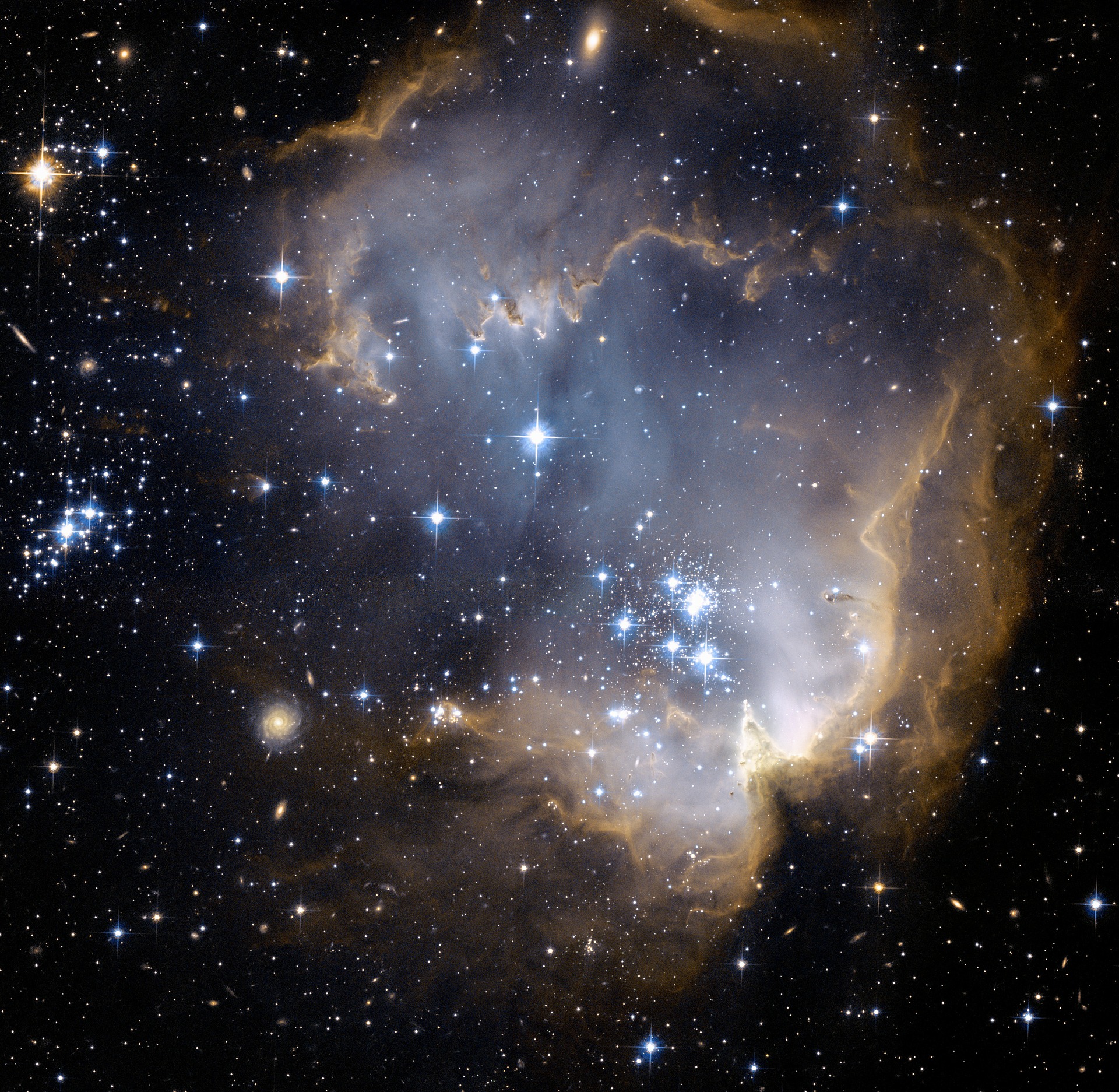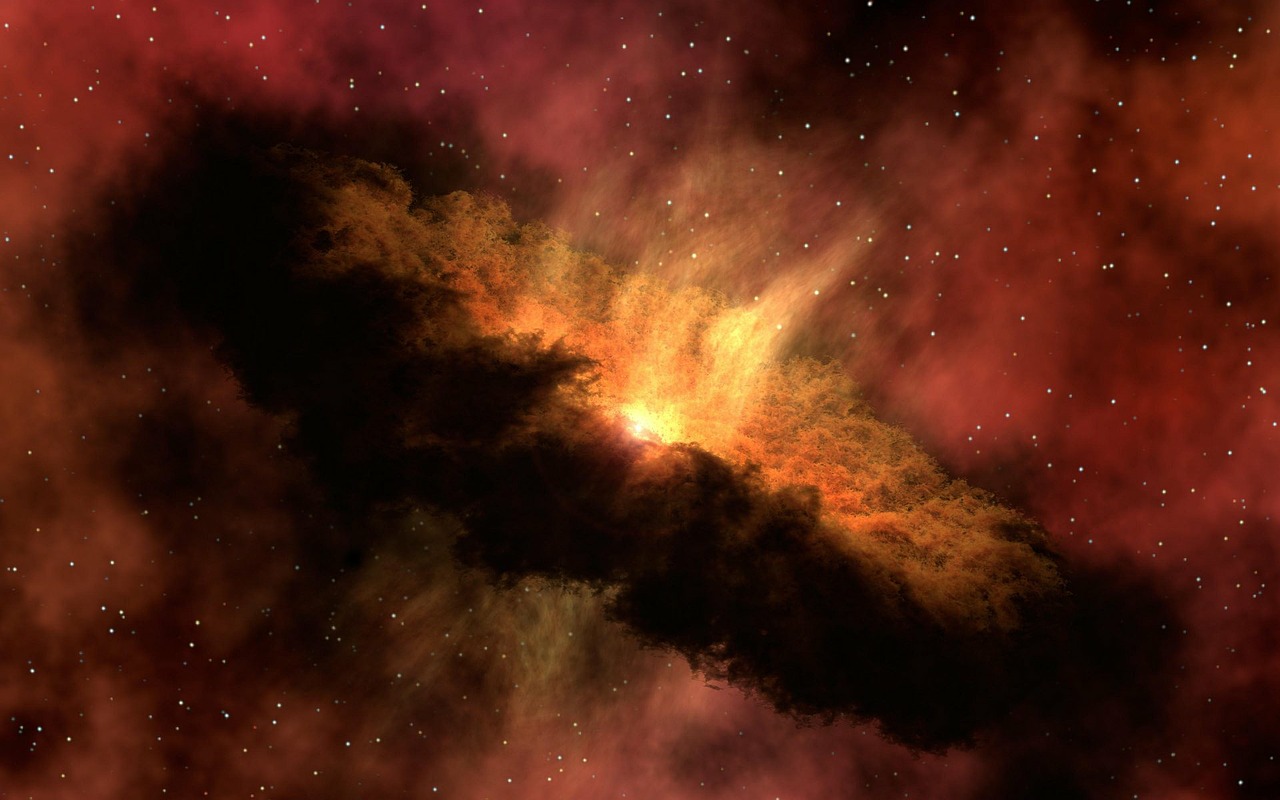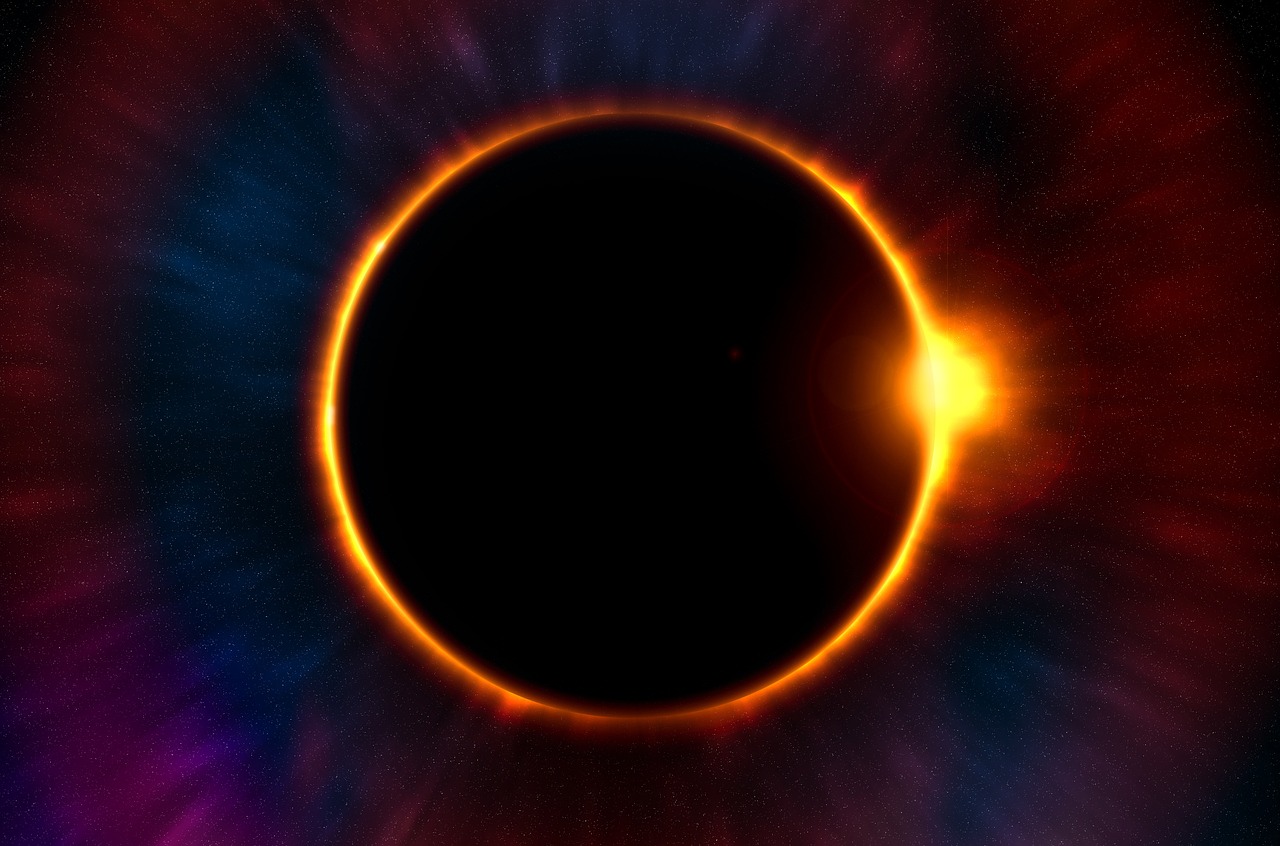On May 25th, 1842, Christian Doppler became world famous when he presented his article “On the Coloured Light of Binary Stars” to the Royal Bohemian Society.
The Doppler effect and coloured stars
At Doppler’s time, physicists were learning how to measure the frequency of light, which is an electromagnetic oscillation, and noticed that red light has a frequency of 390 THz at its lowest and lower than blue light which has a frequency of 770 THz at its highest. (390 THz means 390 trillion oscillations per second.)
Since every chemical element emits (or absorbs) light at frequencies specific to that element, it is a powerful analytical method to study these “spectral lines” by splitting the light into a rainbow using a glass prism or diffraction gratings.
The faster a star moves away from us, the lower the frequency of its light appears to us, and thus the more red-shifted it becomes. Light from a particular element in such a star is observed at a lower frequency than that measured in a terrestrial laboratory or from the same element in the sun.
Applying this to binary stars whose orbital plane approximately lines up with our line of sight one will see the stars periodically move towards and away from us. Ch. Doppler correctly concluded that this should periodically change the colour of the stars and his calculation of this shift in colour is now called the “Doppler effect”.
Astronomy Today: Applications of the Doppler effect
Astronomers use the Doppler effect to measure the radial velocity of stars, gas clouds and galaxies. From measurements of the rotational motions of binary stars and galaxies, the laws of Newtonian mechanics can be used to determine the masses of celestial objects. Studies of the motions of stars at the centre of our galaxy, which won the 2020 Nobel Prize, proved the existence of a black hole four million times more massive than the Sun. With the Doppler effect it was also revealed that when stars explode as supernovae they eject material at a speed exceeding 10% of the speed of light.
Modern astronomy would be inconceivable without Christian Doppler’s contributions.




